As advances in electrolyte and sports medicine continue, athletes are more cognizant than ever about their diet, nutrition and hydration practices. This is vital particularly since athletes depend on performance for livelihood. Electrolytes are often the center stage of discussions related to sports nutrition – on podcasts as well as on the field.
SHOP our ELECTROLYTE POWDER
30-Day Satisfaction Guarantee
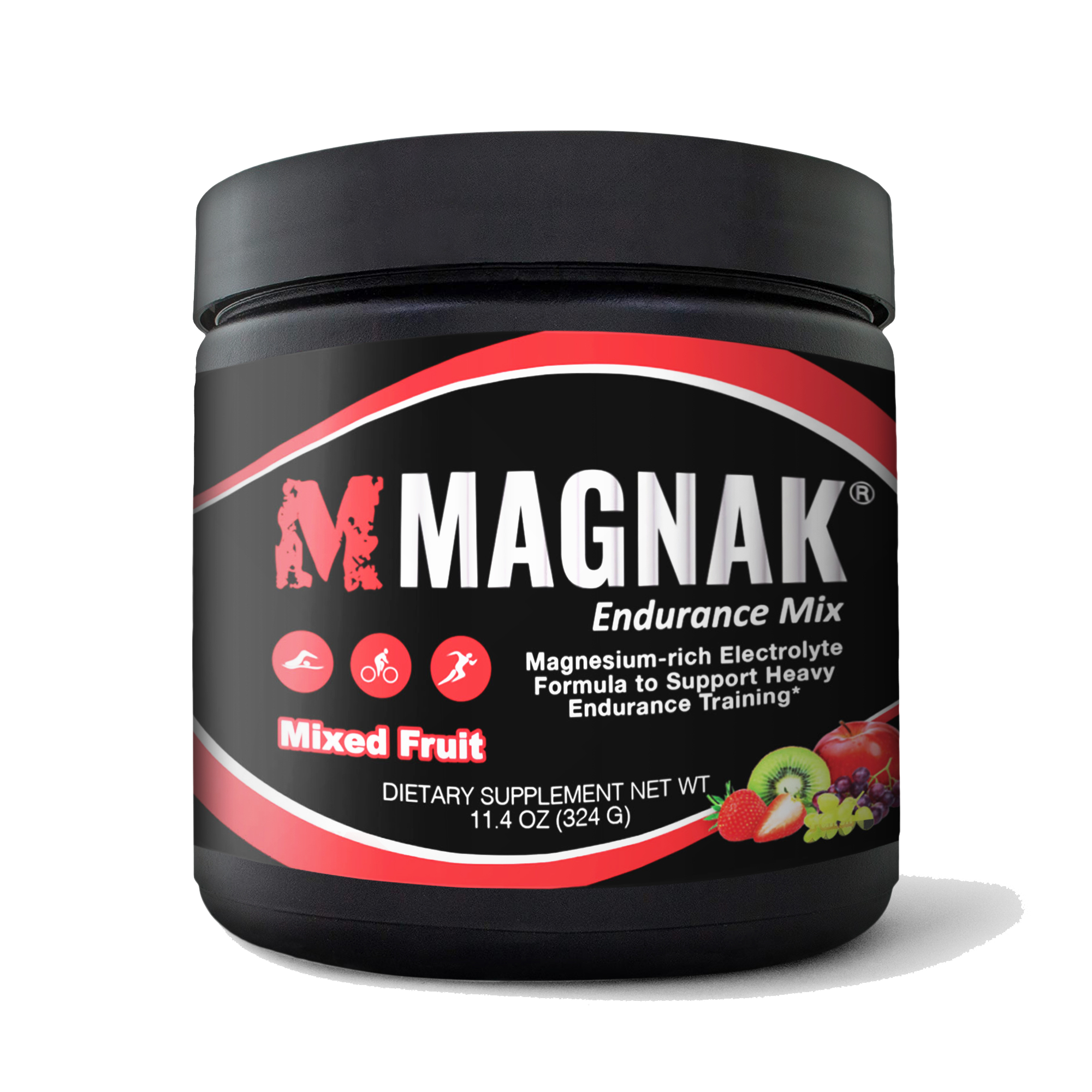

Unfortunately, different electrolytes are often clumped together as a group in discussions, but they are significantly complex in what they do, how they transport within the body and how they are regulated. A change in absorption, transportation or excretion can rapidly change their levels and dramatically affect performance. Electrolyte powders that are comprised of a potent mix of a few vital minerals are often used by athletes to rehydrate themselves. Below, we discuss some fundamentals about electrolytes and guidelines for athletes to meaningfully incorporate them in their rehydration practices.

By definition, electrolytes are molecules that are electrically charged and function largely due to their charged status. The quantity or abundance of the electrical charge, their overall levels in the body (loss or gain from diet) and the person’s activity status – all of these alter electrolyte levels within the body. These electrolytes are constantly in a state of transport – from the gut where they are absorbed into the bloodstream, then to distinct cells where they initiate their actions; from their storage in various tissues and then through the filtering units or kidneys which ultimately regulate their excretion (if the condition so desires). The kidney serves as a last “controller switch” for maintaining electrolyte levels within the bloodstream. If the electrolyte levels are low (due to a loss from diarrhea), the kidneys reduce their excretion in the urine to keep the levels maintained within the body. If the electrolytes consumed (through diet) are more than the body needs, the extra load is excreted in the urine. Thus, the kidneys adapt and alter their response based on the dietary intake of electrolytes as well as their overall tissue stores. By doing this, the electrolyte levels are always maintained within a defined range in the body. Below, we summarize the principal electrolytes and their functions within the human body:
Sodium is freely distributed in the extra-cellular fluid and is vital in exerting the function of almost all the cells within the body. Combined with potassium, which mainly resides within the cells, movement of sodium inside the cell leads to an electrical change which causes muscle fibers (or cells) to contract as a unit. Sodium maintains the osmolality (or thickness) of the blood and maintains blood flow to the organs. Sodium can be lost in significant amounts through the sweat glands during workouts, particularly in warm weather conditions. Replacement of sodium is vital in recovery and sodium chloride as an additive to the hydration mix has shown to prevent cramps in certain individuals.
Chloride is the negatively charged electrolyte that often circulates bound to sodium in the blood. Chloride levels are not monitored regularly in the clinic unless they are accompanied by a state of acid build-up (acidosis) that may signify an underlying kidney disease. This electrolyte balances the positively charged electrolytes (e.g., sodium) to maintain an electrolyte neutral status of the blood, preventing large changes in either direction.
Potassium is an electrolyte that resides mainly inside the cells. A specialized channel along the cell surface allows sodium to be kicked out and potassium to be drawn in so that an electrical gradient is maintained. Thus, sodium and potassium are significantly co-involved in making sure that muscles can work after a stimulus. Potassium losses are significant in gastrointestinal illnesses that lead to vomiting and diarrhea. Potassium allows muscles to initiate and maintain contraction. Loss of potassium leads to significant muscle weakness and correction of potassium stores using an electrolyte supplement has shown to improve muscle function in those who are deficient in it.
When measured in the blood, bicarbonate typically uncovers the acid-base status of an individual. A drop in bicarbonate levels in the blood could signify more acid build-up. Similarly, a rise in bicarbonate can be due to dehydration and fluid losses, a state called contraction alkalosis. Changes in bicarbonate generally indicate an alteration in how the body handles the acid-base balance.
An electrolyte predominantly stored in bones, calcium makes up for the “bony architecture” in mammals. The bones serve as a warehouse for calcium, which is available for use based on specific needs. For example, if the blood calcium drops, a hormone can be released from specialized glands called parathyroids, which resorb the bone and move the calcium back into the blood. Calcium circulates in a free form (ionized) as well as in a protein-bound state. The free calcium is available to elicit function. Calcium is required for muscle contraction, maintenance of heart contractility, rhythm, and blood pressure (among others) and is commonly used as an electrolyte supplement in the carbonate form. Small amounts of calcium (up to 100 mg per serving) in an electrolyte powder is unlikely to be a meaningful supplement that can change athletic performance. Additionally, calcium deficiency is rare in athletes and is mainly seen in individuals as they age. Electrolyte powders typically do not contain calcium for this reason.
Recent studies have shown magnesium to be a vital mineral in muscle physiology. Magnesium participates in over 300 enzymatic reactions in the body; however, its use as an additive in an electrolyte drink is largely limited by the scarcity of clinical studies. Magnesium is absorbed from the gut and transported into the blood where it affects muscle function, cardiac rhythm, blood pressure, protein synthesis and inflammation. Magnesium is stored in bones and can be lost in states such as diarrhea. It is not easily found in diet and with the electrolyte-depleted soils due to packaging, less than half of Americans get enough magnesium through diet. Most electrolyte supplements do not contain sufficient magnesium to have an impact on performance. Magnesium deficiency can lead to muscle cramps, fatigue, soreness, sleeplessness, mood changes and abnormal heart rhythm. Conversely, magnesium supplements can prevent muscle cramps in certain individuals who are deficient in it, even if the deficiency is sub-clinical.
The backbone of our cellular energy as ATP, phosphorus is involved in sourcing energy for all cellular activities. Just as calcium, phosphorus is also stored in the bones as well as muscles and is heavily regulated by the kidney and the vitamin D status of the individual. Low phosphorus levels are usually seen in kidney disease and after transplantation. This nutrient is easily available from dietary sources – hence, phosphorus is rarely used as an electrolyte additive for water unless specifically warranted in a clinical setting.


Dehydration essentially means loss of water from the body, although, in reality, it is frequently used to designate a loss of electrolytes as well. Most symptoms of dehydration, such as fatigue, dizziness, headaches, weakness and cramps, result from a loss of both fluid and electrolytes.
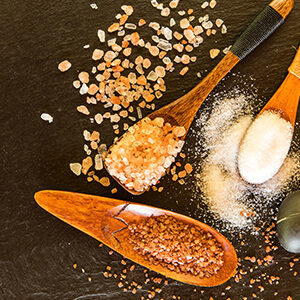
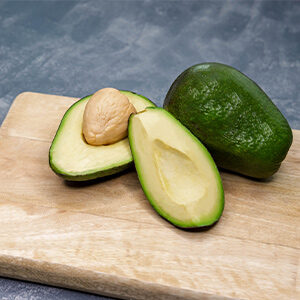


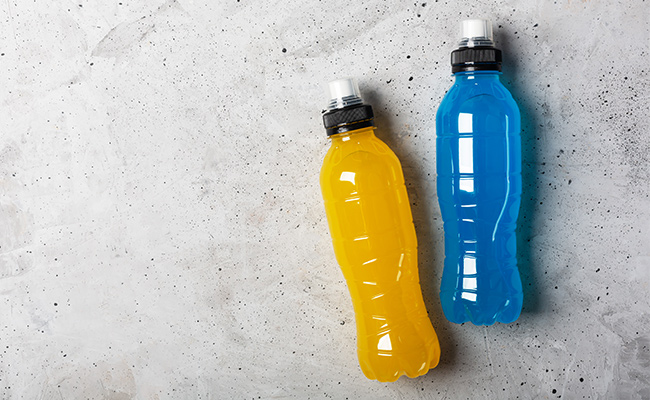
Ready to try MAGNAK®? We're proud of our product and stand behind it 100%.

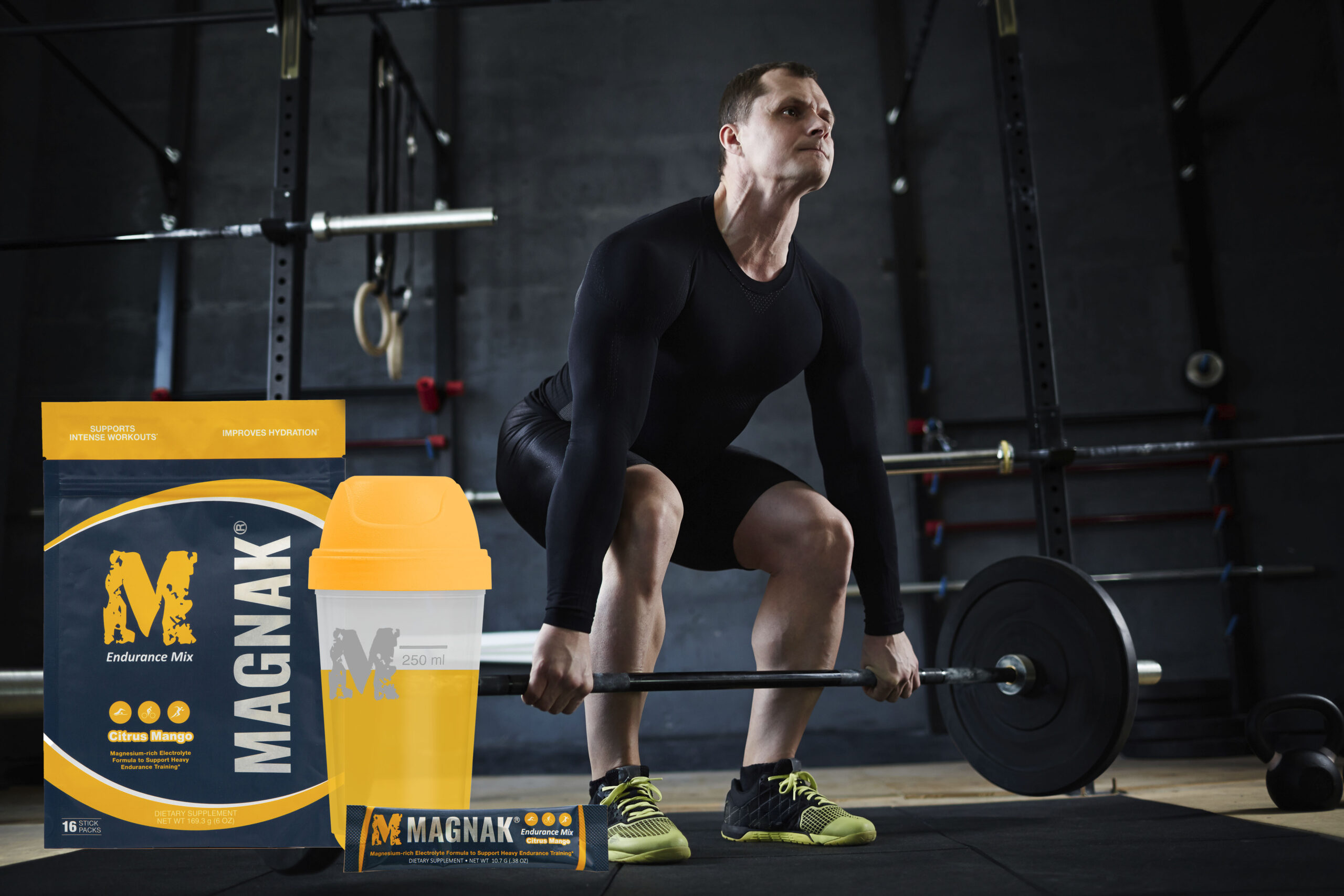
SHOP our ELECTROLYTE POWDER
30-Day Satisfaction Guarantee